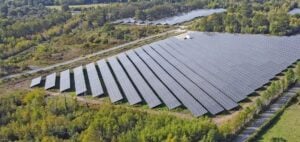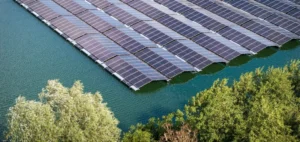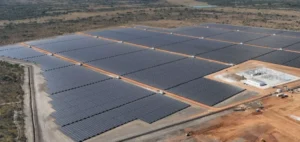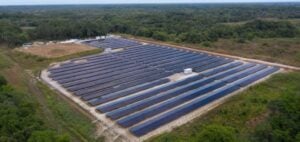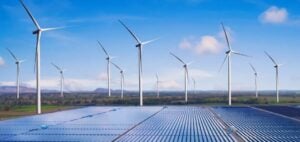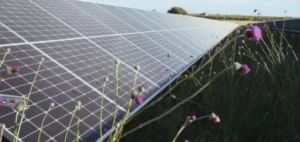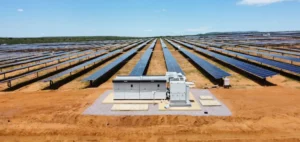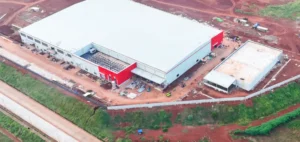Sungrow Power Supply Co., Ltd., a global provider of photovoltaic (PV) and energy storage systems, has completed grid integration of the Cunderdin solar-storage hybrid project in Western Australia. With an installed capacity of 128 MWdc solar generation and 220 MWh of storage, it is the largest operational DC-coupled system in the country, according to information released by project owner Global Power Generation Australia.
The site, located in the Wheatbelt region, achieved full commercial operation in March 2025 following several months of commissioning tests. The facility now delivers all its power to the local electricity network, the South West Interconnected System (SWIS). This network is the backbone of electricity supply in southwestern Australia, and the project now plays a role in enhancing its stability.
DC architecture for improved efficiency
The entire system is based on a fully DC-coupled architecture, in which the solar panels are directly connected to the batteries without intermediate alternating current conversion. This technical choice reduces energy losses and optimises overall performance. It also enables the capture of otherwise curtailed solar energy through curtailment recapture and allows for time shifting of energy delivery.
The project also integrates ancillary services such as frequency and voltage regulation, which are essential for meeting network demand during peak periods. This setup provides additional flexibility to the wholesale electricity market, which faces the inherent variability of solar power generation.
PowerTitan technology and modularity
The technical configuration of the site includes 80 units of Sungrow’s PowerTitan storage system. Each unit features liquid cooling, AI-powered cell-level monitoring, and a modular design aimed at simplifying maintenance operations. These features ensure consistent performance while maintaining operational safety across the system’s lifecycle.
Sungrow’s role extended beyond equipment supply. The company was responsible for the design, delivery, grid integration, and commissioning phases. The project is part of a broader private investment strategy, mobilising Global Power Generation’s technical and financial capacities to develop energy infrastructure with significant strategic value within Australia.
A milestone for grid integration
In addition to improving grid reliability, the project enhances the dynamic response capacity of the SWIS, particularly through frequency stabilisation and peak demand management. With real-time management capabilities, the Cunderdin site has become a benchmark for efficient solar energy integration into complex electrical networks.
According to Joe Zhou, Country Director of Sungrow Australia, “this project reflects our commitment to delivering robust technical solutions tailored for large-scale networks.” The development also marks Global Power Generation’s first hybrid project on Australian soil.



